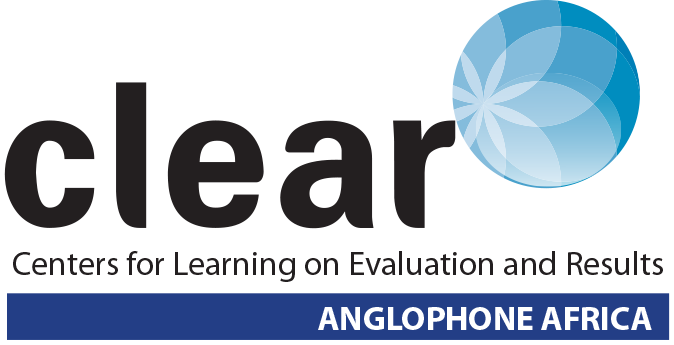Makusidi M.A., Liman H.M., Yakubu A., Isah M.D., Abdullahi S., Chijioke A.
Department of Medicine, Usmanu Danfodiyo, University Teaching Hospital, PMB 2370, Sokoto, Nigeria; Department of Nursing, Usmanu Danfodiyo, University Teaching Hospital, Sokoto, Nigeria; Department of Medicine, University of Ilorin Teaching Hospital, Ilor
Makusidi, M.A., Department of Medicine, Usmanu Danfodiyo, University Teaching Hospital, PMB 2370, Sokoto, Nigeria; Liman, H.M., Department of Medicine, Usmanu Danfodiyo, University Teaching Hospital, PMB 2370, Sokoto, Nigeria; Yakubu, A., Department of Medicine, Usmanu Danfodiyo, University Teaching Hospital, PMB 2370, Sokoto, Nigeria; Isah, M.D., Department of Medicine, Usmanu Danfodiyo, University Teaching Hospital, PMB 2370, Sokoto, Nigeria; Abdullahi, S., Department of Nursing, Usmanu Danfodiyo, University Teaching Hospital, Sokoto, Nigeria; Chijioke, A., Department of Medicine, University of Ilorin Teaching Hospital, Ilorin, Nigeria
The cost of managing end stage renal disease (ESRD) is prohibitive in Nigeria and the burden is solely borne by patients and their relatives. Despite increasing number of dialysis centers in urban areas, actual utilization of such facilities is very low. It is unclear if the outcomes of these patients have improved in recent times. We evaluated pattern of hemodialysis (HD) performance and outcome among ESRD patients. A 5-year prospective cross-sectional study of all ESRD patients on HD was undertaken. The final outcomes included duration on maintenance dialysis, death from inability to sustain dialysis, absconded, confirmed deaths within or outside health facility or referral for kidney transplant. A total of 540 (54%) of 976 cases of ESRD commenced HD, out of which 7 (1.3%) eventually had live-related kidney transplant in India. The male to female ratio was 2:1 with male and female mean ages of 43 ± 17 and 36 ± 16 years respectively. There was a progressive annual increase in the number of ESRD patients. The commonest underlying renal disorder was chronic glomerulonephritis. The mean HD session duration was 8.11 ± 5.4 hours, while the mean duration of stay on HD was 8.72 ± 1.0 weeks. In conclusion, ESRD is common and is being increasingly recognized. Financial constraint and late presentation are major contributory factors to poor outcomes despite the widespread availability of HD facilities. Therefore, effort should be geared towards aggressive strategies for early detection and treatment. Government commitment in terms of funding and/or subsidy for patient with ESRD is advocated.
adult; article; bladder carcinoma; chronic glomerulonephritis; cross-sectional study; death; diabetes mellitus; end stage renal disease; female; hemodialysis; human; kidney graft; length of stay; major clinical study; male; middle aged; nephrosclerosis; Nigeria; obstructive uropathy; outcome assessment; patient referral; prospective study; prostate carcinoma; prostate hypertrophy; treatment duration; uterine cervix carcinoma



